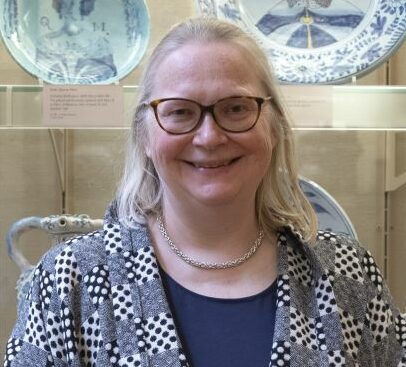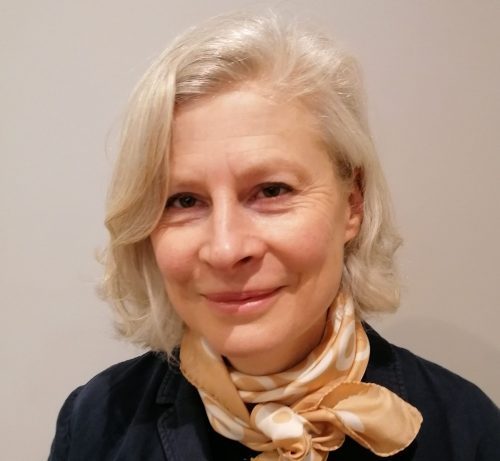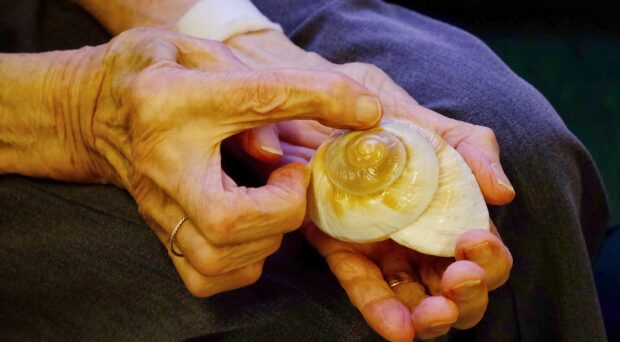With the North Sea winds whipping up waves on the River Nene, this cold start to the year may seem a strange time to celebrate Wisbech. But here’s one reason – 2018 sees the start of an exciting new partnership between the Wisbech & Fenland Museum and the University of Cambridge Museums (UCM).
Why the Wisbech & Fenland Museum?
Set back from the Brinks in picturesque Museum Square, the Wisbech & Fenland is one of the oldest purpose-built public museums in the country.
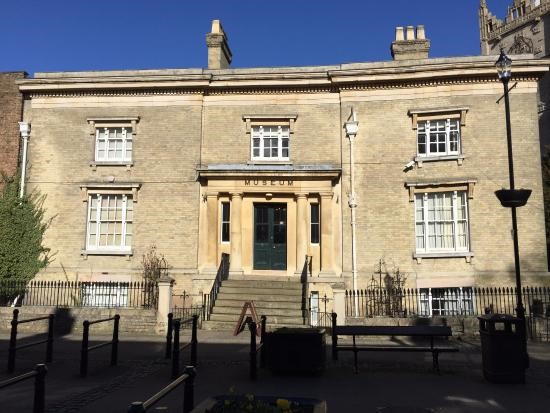
The Museum opened in 1847, just pipping the Fitzwilliam Museum to the post! Like several University of Cambridge museums, it is the result of eighteenth- and nineteenth-century collecting and philanthropy. The Wisbech Literary Society (founded 1781) and Museum Society (founded 1835) together established a museum that houses an extraordinary range of objects, from the geological to the literary.
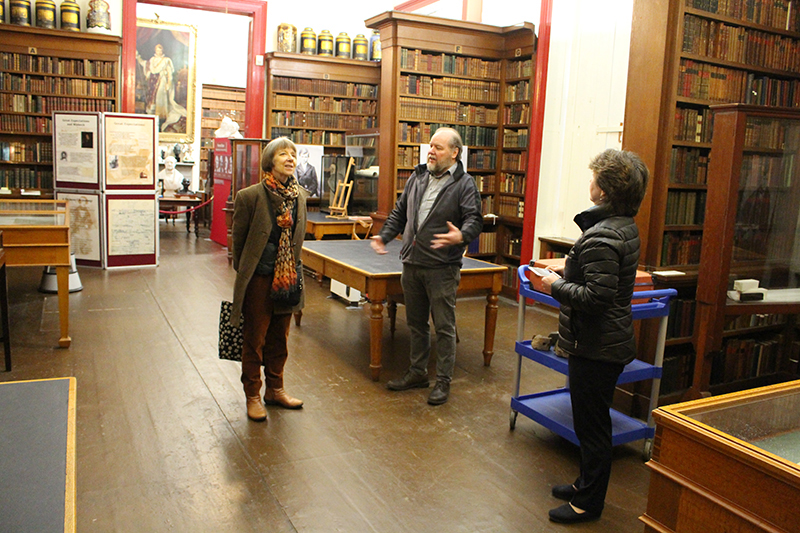
The Libraries house medieval manuscripts dating back to the twelfth century and remarkable literary autographs, including the original manuscript of Great Expectations. It was given to the Museum 150 years ago by Chauncey Hare Townshend, local benefactor and friend of Charles Dickens.
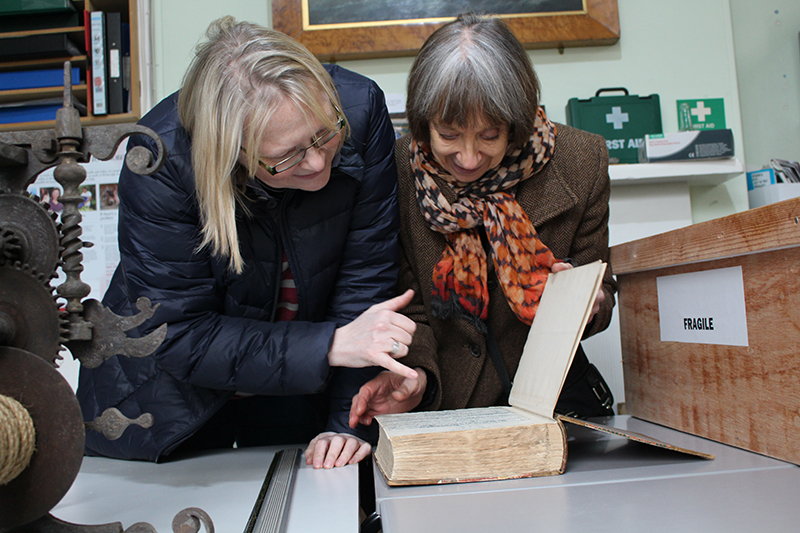
The archives contain local maps and plans dating back to 1590, many of which were displayed at Cambridge University Library as part of the 2017 Festival of Ideas. In the galleries, still largely as they were in the mid nineteenth century, you will see paintings by ‘known artists of genuine interest and good quality’ . Egyptian antiquities sit alongside natural history and geology specimens, coins, costumes and ceramics.
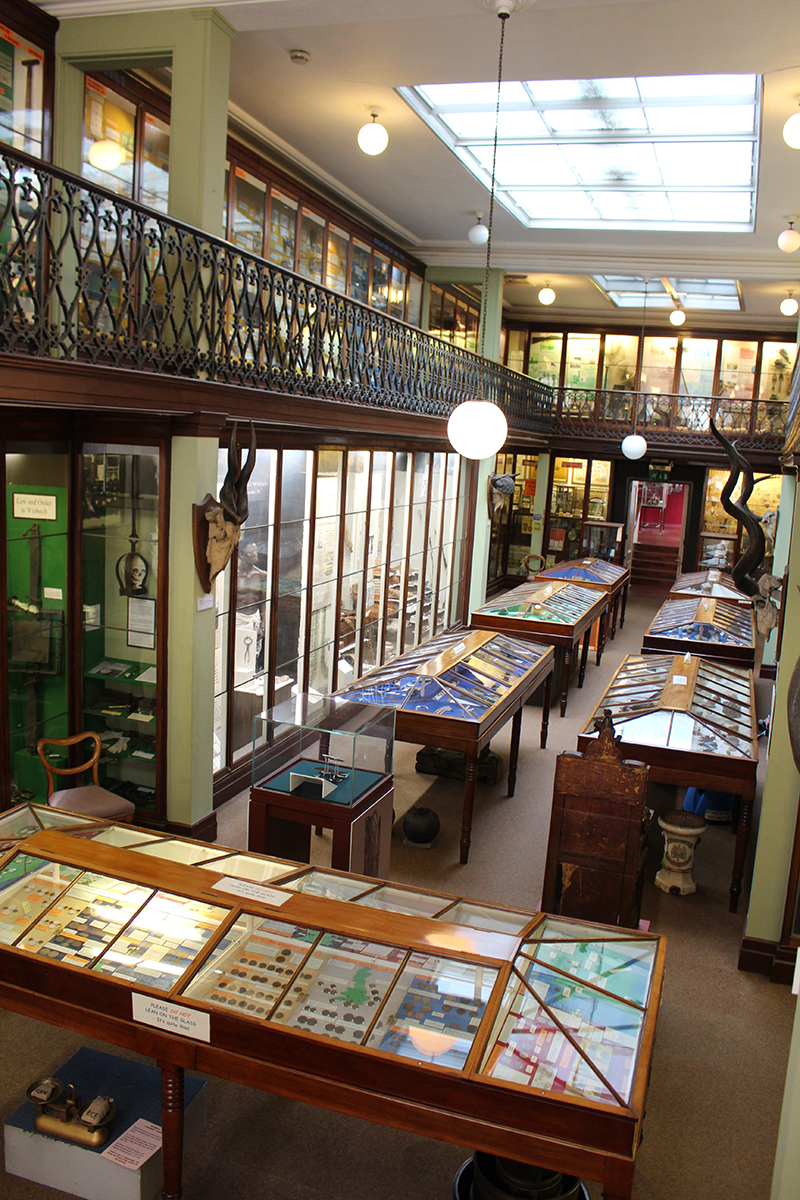
Perhaps most compelling of all is the chest containing examples of African textiles, seeds and leatherwork that was used by Thomas Clarkson (1760-1846) in his campaign against slavery.
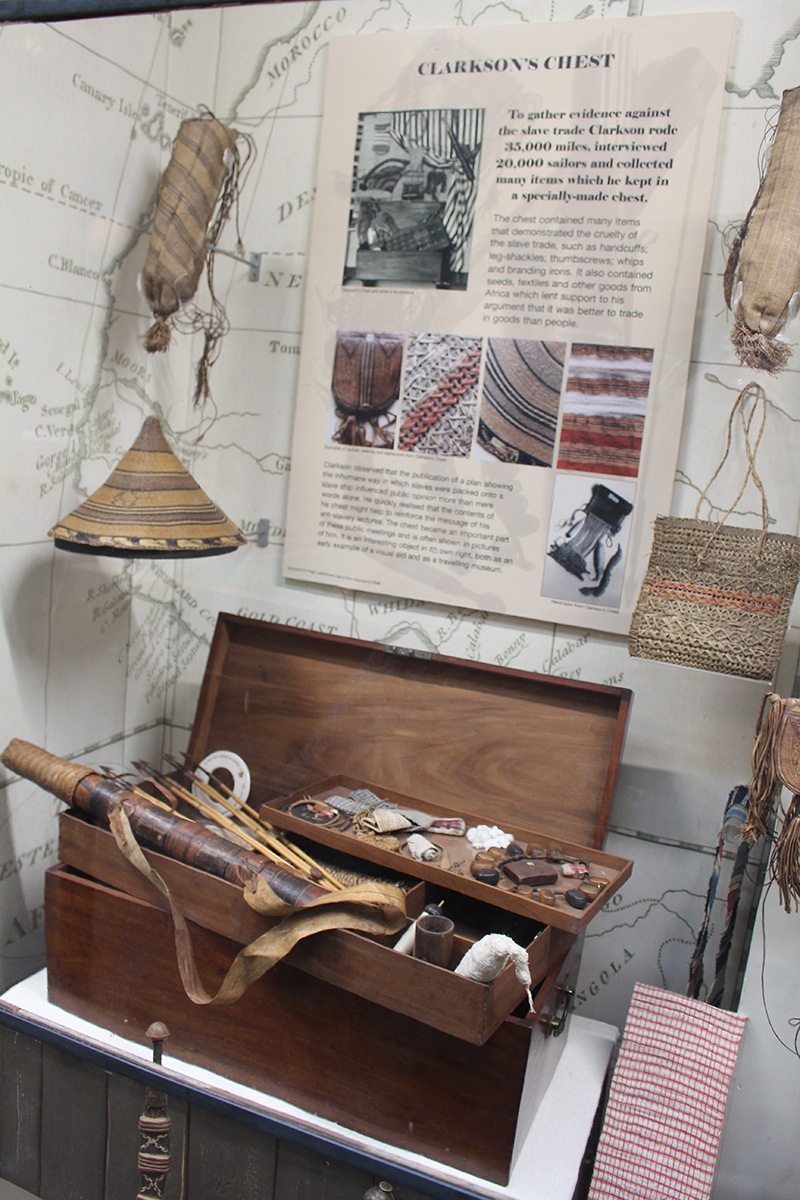
Clarkson, born and educated in Wisbech, used these artefacts to argue that direct trade with Africa could flourish without the need for slaves. (Find out more about the chest in this feature on the BBC website.)
Teaming Up
The UCM/W&F partnership will develop over the next five years, but work is already underway.
‘Unbelievable: everyone’s really got to go and visit!’ was how the Fitzwilliam’s Keeper of Applied Arts, Dr Victoria Avery, summed up her first visit to the Fenland & Wisbech Museum. Dr Julia Poole, Honorary Keeper of European Ceramics at the Fitzwilliam, was equally wowed, saying ‘this is absolutely amazing’. Vicky has already made two visits, the last one with Julia and Penny Walkinshaw, one of W&F’s Trustees. Vicky and Julia were interested in assessing the range and quality of the ceramics at Wisbech. They came across some real surprises, including an extremely large and rare English Delftware punch bowl, and a beautiful Italian Renaissance maiolica dish evidently made for a discerning and wealthy patron.
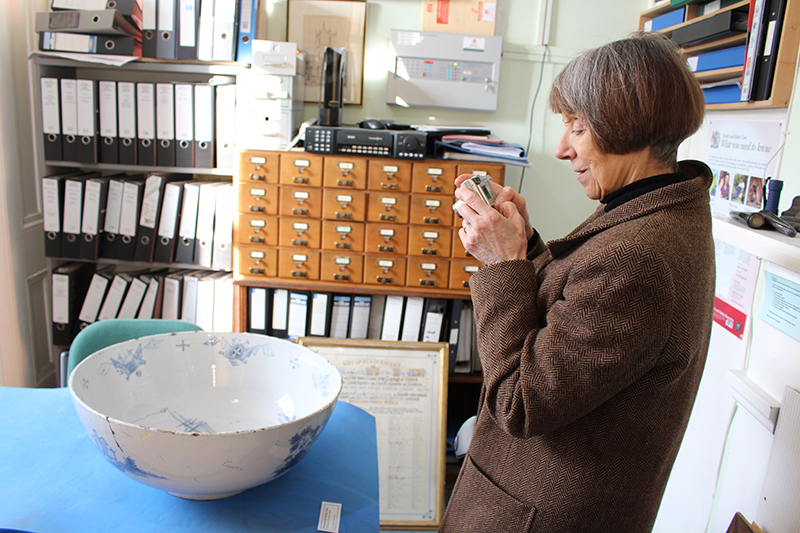
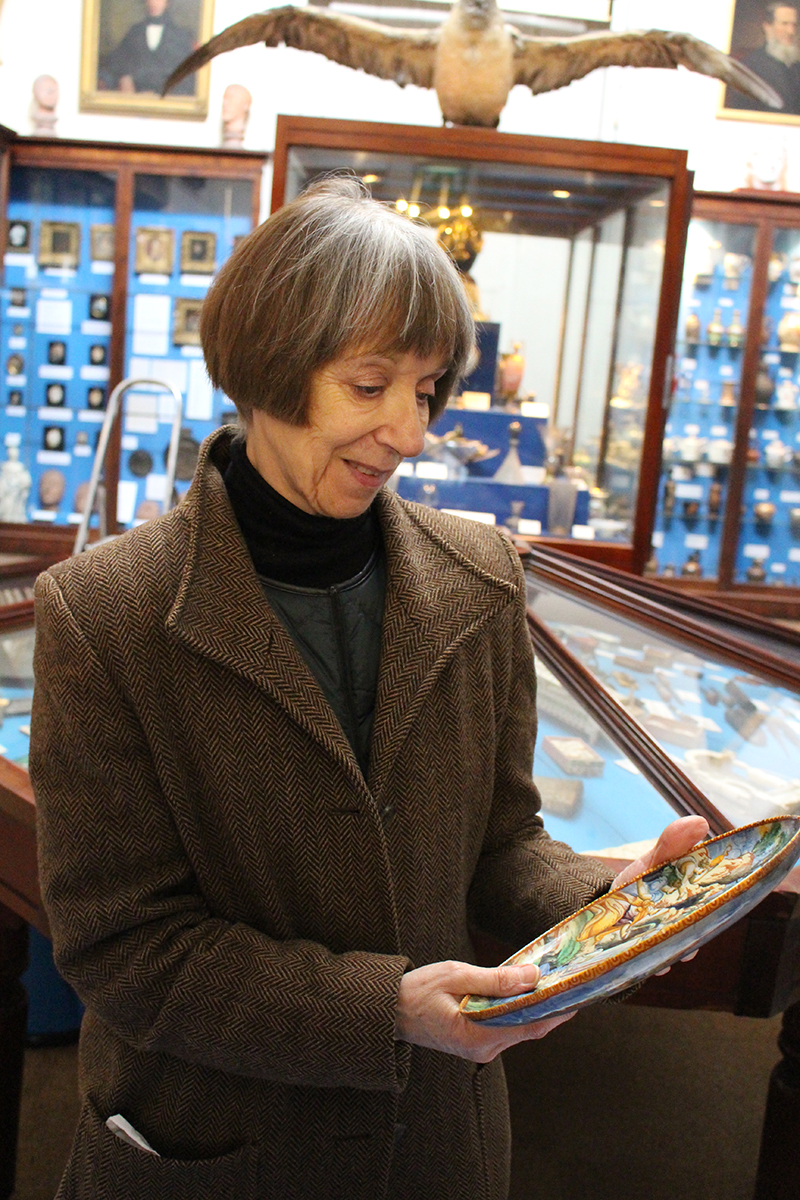
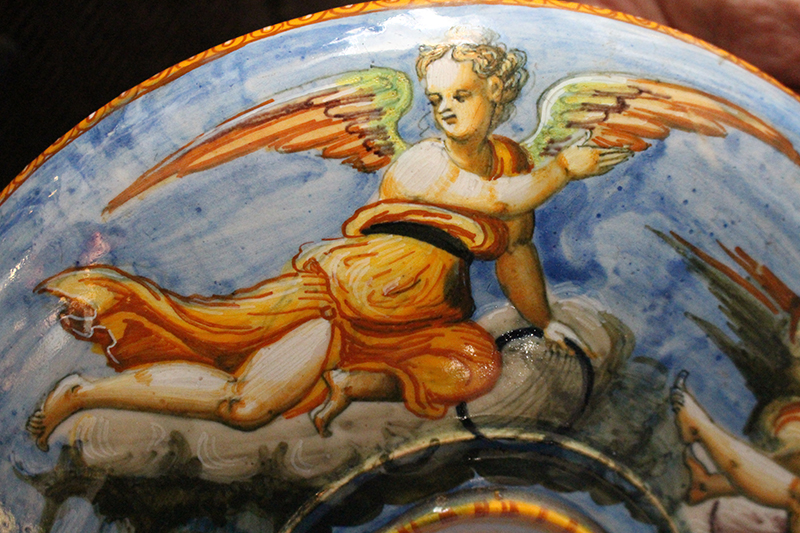
Vicky has instigated a pilot project to document and catalogue all the ceramics at the Wisbech & Fenland, and put this information onto their online collections catalogue. This work will be carried out, under the supervision of Robert Bell (W&F’s Acting Curator), by a team of volunteers. They will be trained how to correctly handle, photograph, measure, and record the ‘vital statistics’ of ceramics for documentation purposes.
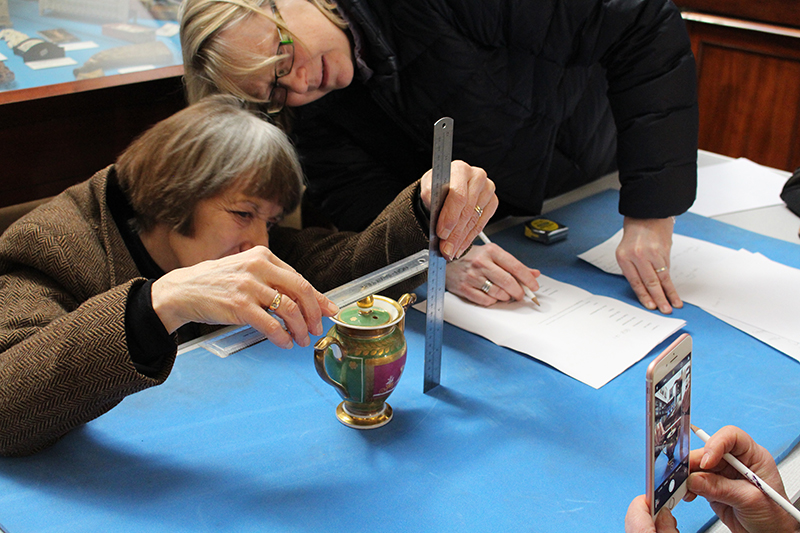
The hope is that some objects may be able to be lent to the Fitzwillliam in Autumn 2019 for inclusion in Vicky’s exhibition, Feast, Fast, Eat (all about food in Britain and Europe, 1500-1800). We also hope to schedule some joint public events and educational programming in connection with the show.
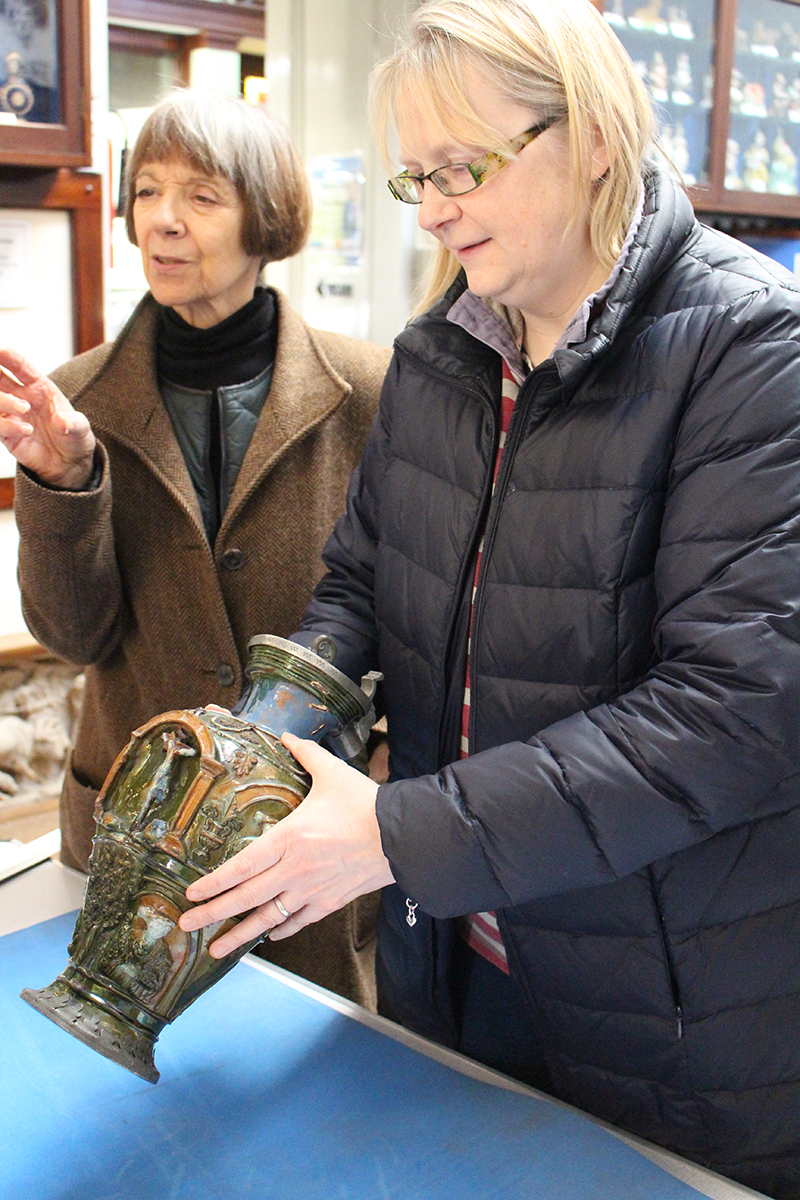
Vicky and Julia’s work will form a pilot for a wider investigation of the Wisbech & Fenland’s holdings and their connections with UCM collections. Later this month, Suzanne Reynolds and Edward Cheese of the Department of Manuscripts and Printed Books at the Fitzwilliam will be scoping out the museum Libraries, so watch out for a blog post on that visit.
The Wisbech & Fenland is a museum with something for everyone, almost the UCM museums rolled into one. In some ways, it is a time capsule of nineteenth-century taste and ideas, and a powerful reminder of Wisbech’s prosperous past as a port and centre of trade and banking. But the same impulse that created the museum – a desire to enhance the cultural life of the town and its community – is what drives it today. The UCM is thrilled to be working with W&F to help further their vision for the future. Go to Wisbech and see for yourself!

